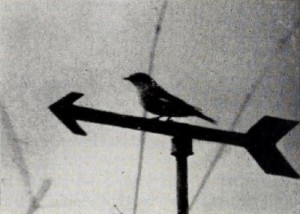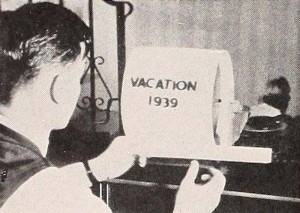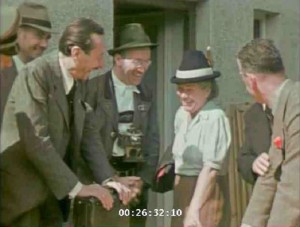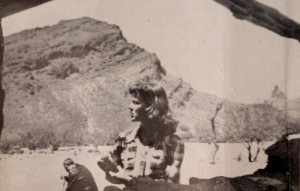"EDWARD E. JACOBSEN, of 9 East 41st Street, New York City, won the fourth prize in the non-dramatic division for his short study of New York City, "Our Metropolis." Mr. Jacobsen also submitted a drama, "What Does It Matter?," which was given an honorable mention. His study of Manhattan was deemed of greater merit, presenting some fine photography and excellent choice of subject. Both films were in 16 millimeter width, Mr. Jacobsen using a Bell and Howell Filmo. Mr. Jacobsen, by the way, is an art director of an advertising agency." Photoplay, Nov. 1929, 86
"Coastal people, places and scenery between Vancouver Island and the mainland. Includes footage of pictographs, marine life, logging operations, other vessels, etc." British Columbia Archives.
"...a colored moving picture shows points of interest in Winnipeg.and some parts of Manitoba..."
"An automobile trip through the Cariboo, as described in the title" British Columbia Archives.

"Emma L. Seely's patience, good judgment and technical skills have made Out of Door Life in Ohio an amateur accomplishment of major importance. Her interest in her subject illuminates this well authenticated and minutely documented study of the bird life, in particular, and flora and fauna generally in her native state. Mrs. Seely's sure and expert grasp of cinematographic problems in nature filming made the successful recording of her beloved subjects possible. Finally, her able organization of the resulting footage made for a presentation at once impressive, informative and entertaining." Movie Makers, Dec. 1951, 410.

"When movie makers turn to movie making itself as the subject of a picture, sometimes they are a little self conscious and heavy handed — more particularly if the approach is humorous. This fault, the Dallas (Texas) Cine Club has successfully avoided in Out to Win, an opus that displays the adventures of a new convert to filming. The hero of the tale observes that everybody has a movie camera and that he is out of things. So his trombone and the equipment of other hobbies go to the "hock shop" to finance the purchase of a new cine camera. His wife isn't particularly sympathetic to movie making, and here the real humor enters, for Mrs. Movie Maker is not antagonistic; she is just oblivious to the real importance of movies. She walks in on her husband when he is developing titles, she tramps through film clips when he is editing; but, when the movie maker receives an incredible sum for a newsreel scoop (well handled airplane wreck sequence) and, in consequence, gets a check that enables the pair to buy a new car, Mrs. Movie Maker's attitude changes. In the last scene, she is proudly using a camera. The actors are excellent: they do not overplay their roles, and so the film is really funny." Movie Makers, Dec. 1939, 634-635.

"This outing was shot by a baker who supplied bread to Dachau concentration camp. . . . Another title reads: 'Der Ausflug des BDFA, 1943' [Outing of the amateur film club, 1943]." United States Holocaust Memorial Museum.

"Startling photography in 8mm. Kodachrome gives Harry W. Atwood's Outpost a dramatic appeal beyond the merits of its rather confused and melodramatic story. Story aside (it's a tale of murder, in which some very critical action is not adequately pointed up), Outpost deals magnificently with some of the most interesting and barren country you are likely to find this side of your nightmares. If his plot developments can become more convincing, Mr. Atwood has an excellent filming future." Movie Makers, Dec. 1950, 468.
Total Pages: 299